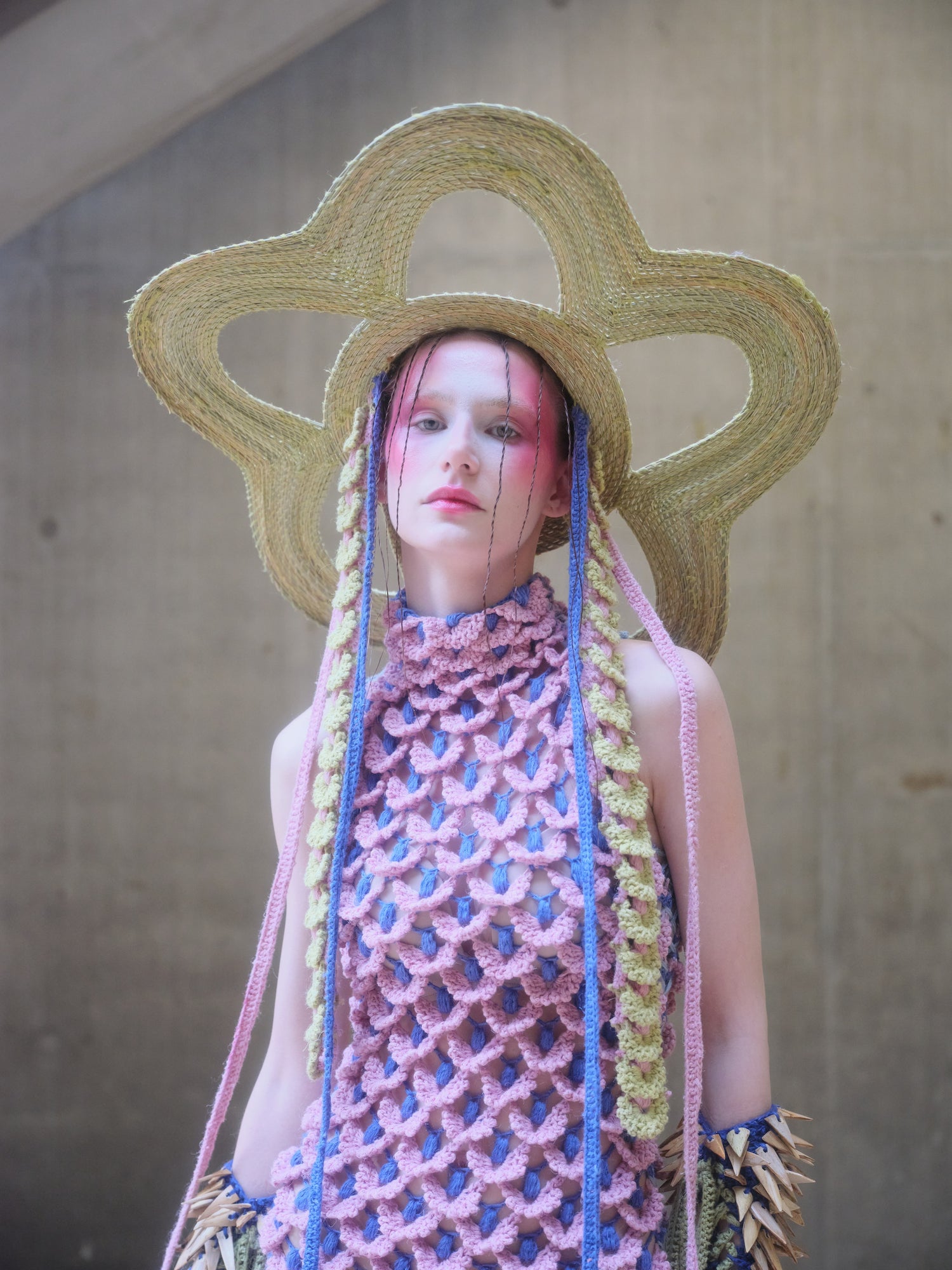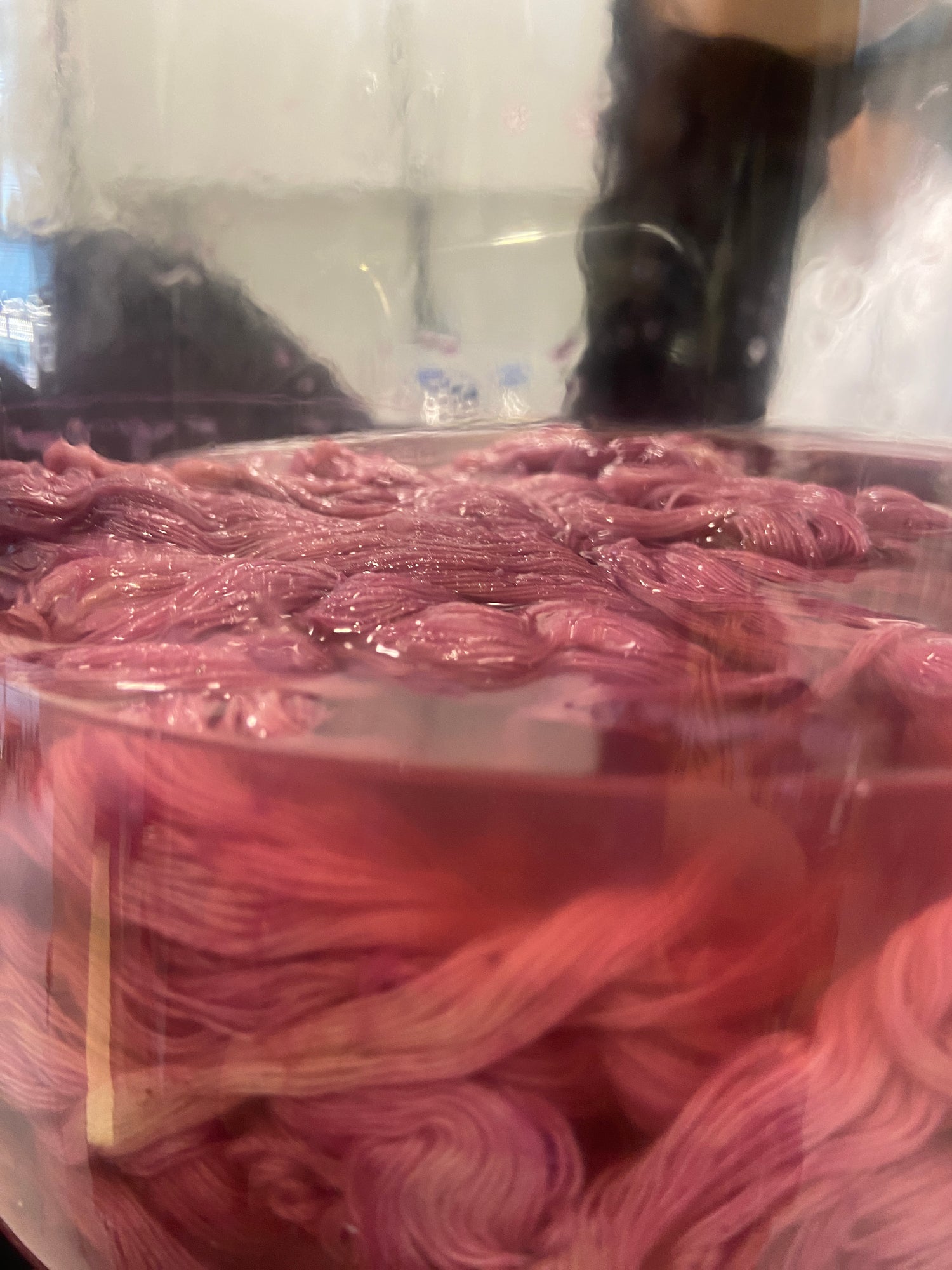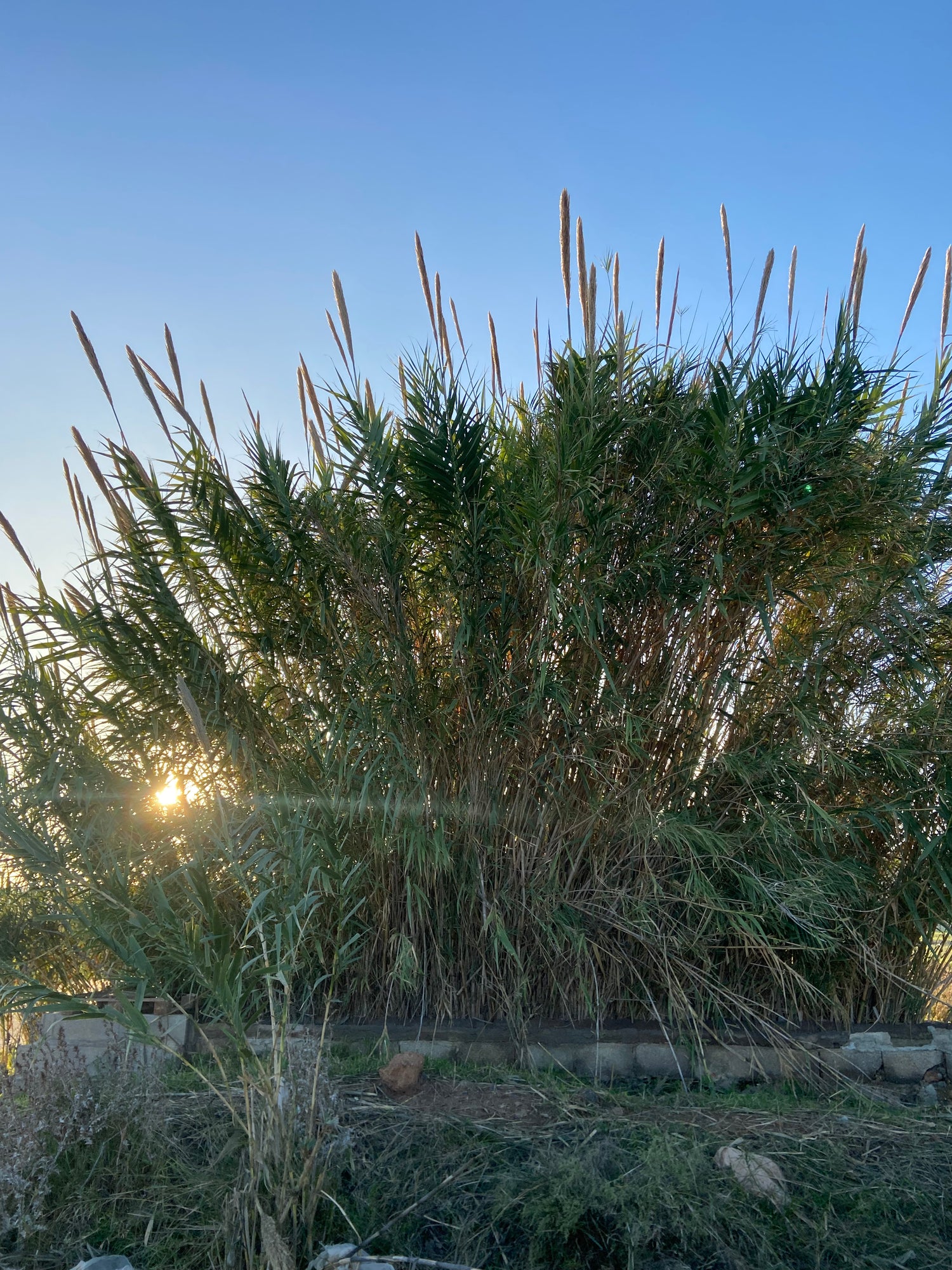
REGENERATION
OF OUR BIODIVERSITY AND SOIL
In shaping the future of fashion, we advocate for a circular paradigm — one inherently designed for restoration and regeneration, ensuring our beloved garments never become waste. Beyond mere impact reduction, we strive to transform the fashion landscape, transitioning into an entirely new circular economy. Our mission is to redefine the industry, paving the way for a positive and transformative impact.

WHAT IS REGENERATIVE FASHION?
Regenerative fashion signifies a pivotal shift in the fashion industry, prompted by a growing emphasis on sustainable practices.
While sustainability often involves minimising negative impacts, regenerative fashion takes a more proactive approach, aiming to reverse the ecological damage caused by the industry. This entails going beyond mere reduction and actively contributing to the restoration of the climate, biodiversity, and global communities.
The shift involves integrating regenerative principles into the creative process, promoting a more-than-human world perspective. By sourcing materials from regenerative agriculture and adopting circular design principles, regenerative design plays a crucial role in restoring biodiversity and mitigating climate change.
A collaborative approach, involving ecologists, farmers, and local communities, is essential for regenerative design to be effective. Ultimately, regenerative fashion seeks to transform the industry from a linear and extractive model to a life-giving, restorative force for nature and social justice.

HOW DO WE APPROACH REGENERATION?
- Soil Nourishment: Each ACIEN garment is crafted to enrich the soil upon reaching the end of its lifecycle, contributing to a favourable environmental impact.
- Eliminating Toxic Chemicals: Our pieces are dyed using plant-based dyes or GOTS-certified colours, completely free from harmful chemicals.
- Natural Embroidery: Crafted from invasive species hand-cut by us in the south of Spain, our embroidery not only creates one-off embellishment designs but also aids local farmers in reclaiming land from disruptive invasive plants.
- Local Empowerment: Choosing craftspeople and producing locally in our West Hampstead studio allows us to enrich local economies and ensure traceability in our supply chain.
- Traceable Materials: Our commitment extends to using fully traceable materials, allowing you to see the journey of each component from its source to the final product.
- Scientific Innovation in Dyeing: Collaborating with scientists, our capsule collections feature cutting-edge bacterial dyeing, using 6 times less water than conventional synthetic methods.

SOIL REGENERATION: A VITAL FORCE IN CLIMATE ACTION
In the landscape of climate solutions, soil regeneration emerges as a source of optimism. Traditional farming practices, laden with chemical use, have disrupted ecosystems and released carbon into the atmosphere. The rise of regenerative fashion marks a positive shift, recognising the intricate connection between soil health and climate resilience.
This transformative approach views soil not merely as a foundation but as a dynamic ally in the fight against climate change. Regenerative agriculture, at its core, seeks to revive soil health, pulling carbon back into the earth as a natural carbon sink. Beyond carbon mitigation, soil regeneration brings practical benefits like enhanced water retention, erosion resistance, and support for diverse ecosystems. The unassuming heroism of soil regeneration embodies our collective journey toward a more sustainable future — a future where the earth flourishes through considerate, regenerative practices.
